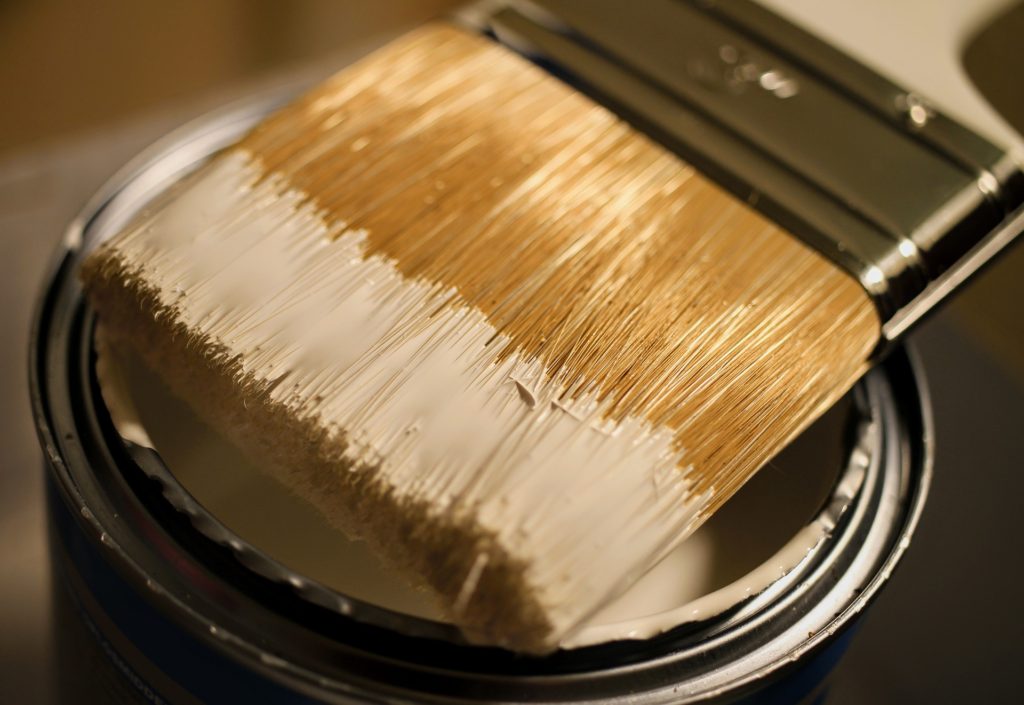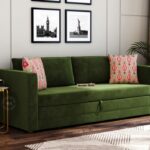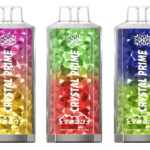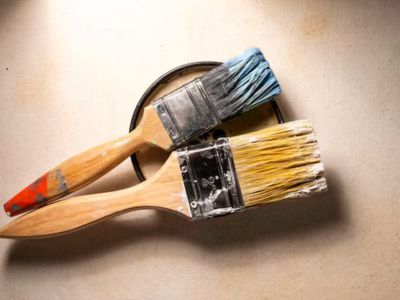The art of painting has been shaped by countless tools over the centuries, yet few remain as revered as the natural bristle paintbrush. Used by master painters throughout history, this tool embodies tradition, performance, and quality—all essential for superior artistry and craftsmanship.
What Makes a Natural Bristle Paintbrush Unique?
A natural bristle paintbrush is crafted using hairs from animals—typically hog or boar. These bristles are renowned for:
-
Stiffness and springiness – offering excellent control and snap-back to shape.
-
Natural ability to hold paint – bristles swell to retain paint for consistent application.
-
Durability – resistant to damage and wear with proper care.
Advantages of Natural Bristles Over Synthetic Alternatives
Compared to synthetic versions, natural bristles offer:
-
Superior paint pickup and release
-
Better brush marks for certain finishes
-
Longevity—can last for decades
These benefits make them the go-to choice for oils, alkyds, and water-based enamels.
Ideal Applications for Natural Bristle Brushes
Natural bristle brushes excel in:
-
Oil-based paint applications
-
Staining and varnishing
-
Rustic and textured finishes
Choosing the Right Natural Bristle Paintbrush

To get the most out of your brush, consider:
-
Bristle length and thickness – longer bristles are better for smooth coverage, shorter bristles offer precision.
-
Brush shape – flat, angled, round, or filbert, each suited for specific painting techniques.
-
Ferrule quality – a brass or stainless-steel ferrule resists corrosion and maintains shape.
-
Handle design – quality hardwood handles reduce muscle fatigue.
Common Myths About Natural Bristle Brushes
-
Myth: They can only be used with oil paints.
Fact: They’re ideal for enamels and water-based paints too. -
Myth: They break down quickly.
Fact: With proper cleaning and storage, they can last for years.
Real-World Uses and Techniques
1. Smooth Finish on Cabinetry
Natural bristle brushes offer:
-
Even strokes for a professional sheen
-
Superb paint leveling to avoid streaks
-
Excellent control on edges and trim
2. Faux Finishes and Decorative Effects
Use technique-driven strokes such as:
-
Cross-hatching
-
Stippling
-
Feathering
These styles benefit from natural bristle bite and hold.
3. Restoration and Refinishing
-
Great for working old wood with oils and varnishes
-
Maintains surface natural beauty during refinishing
Caring for Your Natural Bristle Paintbrush
-
Clean immediately after use – with solvent or warm water and mild soap.
-
Condition bristles – after cleaning, a drop of linseed or mineral oil helps maintain suppleness.
-
Reshape and dry bristles – reshape and hang handle-down.
-
Store properly – ideally in original sleeve or upright in a container.
Why Professional Painters Prefer Natural Bristle Brushes
-
Less fatigue from good paint flow
-
Better tactile feedback and control
-
Lasting performance improves over time
Buying Tips
-
Look for flagged tips—fine split ends that hold more paint
-
Choose crimped bristles—improved paint retention
-
Avoid excessive filler—full ferrule means quality bristles
-
Test bend the bristles: they should rebound quickly
Common Projects Suited for Natural Bristle Paintbrushes
-
Wood trim painting
-
Furniture finishing
-
Detailed touch-ups
-
Decorative antique effects
Troubleshooting Tips
-
Bristles fall out? Trim and continue; some shedding is normal initially.
-
Stiff bristles? Soak briefly in warm soapy water.
-
Bristles don’t reshape? Apply mild conditioner and reshape immediately.
Environmental and Ethical Considerations
-
Sourced from sustainable hog and boar-rearing regions
-
Less synthetic waste and plastic than man-made brushes
-
Supports traditional craftsmanship and rural economies
Enhancing Performance with Accessory Tools
Masking and Preparation
-
Use fine painters’ tape for crisp lines
-
Prime surfaces for consistent paint clinging
Cleaning and Maintenance
-
Dedicated brush combs and cleaning kits
-
High-quality mild soap for paint removal
Frequently Asked Questions (FAQ)
Q1: Can I use on latex/water‑based paints?
A: Yes! Ideal with certain enamels and high-performance water-based coatings.
Q2: How many coats before wear sets in?
A: With proper care, they can survive dozens of projects—far exceeding symmetric synthetics.
Q3: Are they eco-friendly?
A: Absolutely—they’re biodegradable, sourced responsibly, and support skilled artisans.
DIY Project Example: Varnishing a Wooden Table
-
Sand surface smooth
-
Remove dust thoroughly
-
Stir and load varnish on natural bristle paintbrush
-
Apply long strokes, maintaining wet edge
-
Allow dry, lightly sand, repeat for crisp finish
Benefits: natural bristles deliver rich, even layers without brush strokes.
Maximizing the Lifespan of Your Natural Bristle Paintbrush
-
Never soak in water/solvent overnight
-
Use brush guards for travel
-
Rotate brushes to let each rest and recover
Transitioning from Beginner to Pro
-
Start with a quality 2‑inch flat brush
-
Practice long, continuous strokes
-
Experiment with varnish, enamel, oil-based primer
-
Document projects to see progress and brush impact
You vs. Us: Why Upgrading to a Quality Brush Pays Off
-
Less frustration
-
Faster, cleaner work
-
Infinitely better final results
-
Sense of pride in using traditional tools
In Summary
The natural bristle paintbrush is a top-tier tool that transforms ordinary painting into an art form. From smooth finishes to decorative strokes, its unique blend of durability, performance, and tradition makes it a must-have for pros and DIYers alike. With care, it will last and grow with your painting journey, turning each stroke into a statement of quality.
CONCLUSION
By choosing the natural bristle paintbrush, you’re investing in better control, craftsmanship, and results. This timeless tool enhances every painting task and connects you to painting’s rich heritage. And don’t forget: 3 in chip brush.
- The Art and Lasting Impact of Using a Natural Bristle Paintbrush for Professional-Quality Finishes
- The art of painting has been shaped by countless tools over the centuries, yet few remain as revered as the natural bristle paintbrush. Used by master painters throughout history, this tool embodies tradition, performance, and quality—all essential for superior artistry and craftsmanship.
- Natural Bristle Paintbrush
Related posts:
 Syna World: Exploring the Immersive Universe Created by Central Cee
Syna World: Exploring the Immersive Universe Created by Central Cee
 Event Management Market Set to Soar with Tech and Global Support
Event Management Market Set to Soar with Tech and Global Support
 Beyond Clean: Why Dubai Chooses Premium Dry Cleaning for Everyday Elegance
Beyond Clean: Why Dubai Chooses Premium Dry Cleaning for Everyday Elegance
 Personalised Dental and Hair Removal Treatments You Can Trust
Personalised Dental and Hair Removal Treatments You Can Trust
 Credit Score Hacks: Boost Yours by 100 Points Fast – A complete Guide
Credit Score Hacks: Boost Yours by 100 Points Fast – A complete Guide
 Trapstar Hoodie and Trapstar Jacket Where Streetwear Meets Legacy
Trapstar Hoodie and Trapstar Jacket Where Streetwear Meets Legacy
 Multi-Functional Living: Styling Your Home with a Sofa Cum Bed
Multi-Functional Living: Styling Your Home with a Sofa Cum Bed
 Crystal Prime 7000 Puffs Box of 10 Enjoy 7000 puffs, rechargeable battery & flavour variety—ideal for users & resellers.
Crystal Prime 7000 Puffs Box of 10 Enjoy 7000 puffs, rechargeable battery & flavour variety—ideal for users & resellers.








